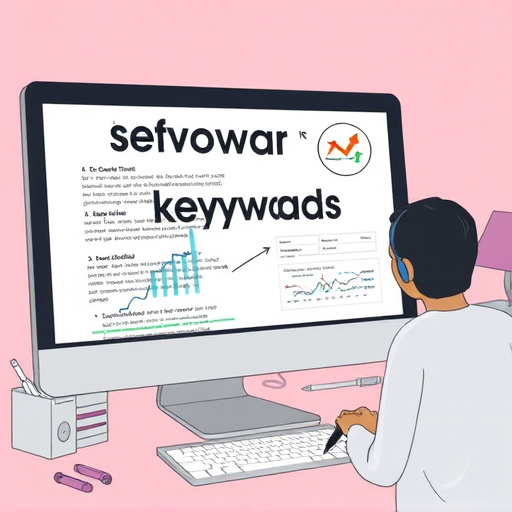Collecting diverse user feedback through multiple channels enhances web design services. Analyzing insights prioritizes common pain points for effective improvements. Continuous iteration involves listening to users' needs and adapting designs regularly. This process ensures websites remain relevant, user-friendly, and engaging, demonstrating commitment to top-quality web design services.
In the dynamic realm of web design services, user feedback is a potent tool for creating exceptional digital experiences. This article explores how to leverage user insights through diverse channels to continuously enhance and iterate designs. By analyzing and prioritizing feedback, you can implement changes that cater to user needs and preferences, ultimately elevating the effectiveness and appeal of your web design offerings.
- Collect User Feedback Through Diverse Channels
- Analyze and Prioritize Feedback for Design Improvements
- Implement Changes Based on User Insights and Iterate Continuously
Collect User Feedback Through Diverse Channels

Collecting user feedback is a vital step in enhancing web design services. It’s not just about gathering responses; it involves creating multiple channels for users to express their thoughts, preferences, and experiences. A diverse feedback collection strategy ensures that every user, regardless of their background or interaction style, has a say. This can include surveys sent via email, in-app feedback forms, social media polls, user testing sessions, and even simple rating systems on your website.
By employing these various methods, a SEO company Plano can gather insights into user preferences, identify pain points, and understand what aspects of the web design make it engaging or challenging to navigate. This data is invaluable for improving user experiences, increasing website traffic, and creating a mobile-friendly website design that resonates with the target audience.
Analyze and Prioritize Feedback for Design Improvements

When gathering user feedback on web design services, it’s crucial to approach it strategically. Not all insights are created equal; some require immediate attention while others can be addressed in future iterations. The first step is to analyze the feedback, categorizing it based on frequency and impact. For instance, a common pain point could be related to navigation, indicating a need for better menu organization in custom website design. Prioritizing these insights involves considering both the number of users affected and the potential improvement in user experience.
Focusing on high-impact, frequent issues ensures that design improvements are targeted and effective. This strategic approach allows web design services to enhance user satisfaction and engagement. For example, a simple redesign of a website’s layout based on user feedback can significantly improve conversion rates. Additionally, integrating keyword research services into the analysis process can reveal content gaps, providing opportunities for optimization and enhancing search engine visibility through relevant link building services.
Implement Changes Based on User Insights and Iterate Continuously

Once user feedback is gathered, it’s crucial to implement changes based on those insights and iterate continuously. This process involves actively listening to users’ needs, preferences, and pain points, then translating that information into actionable design improvements. Web design services in Dallas or anywhere should see this as a dynamic cycle rather than a one-time task. By embracing continuous iteration, web designers in Davie FL can ensure their websites remain relevant, user-friendly, and engaging.
Regularly reviewing and adapting designs based on user feedback fosters an environment where the website evolves with its audience. This approach not only enhances user experience but also demonstrates a commitment to providing top-quality web design services. As users interact with updates, gather new insights, and provide additional feedback, the design can further refine itself, creating a seamless and satisfying digital journey for all visitors.
By actively collecting user feedback from various channels, analyzing and prioritizing insights, and continuously implementing changes, web design services can significantly enhance user experiences. This iterative process ensures that designs remain relevant and aligned with user needs, fostering a more engaging and satisfying digital journey. Embracing this approach not only drives improvements but also solidifies the role of user feedback as a powerful tool in the evolution of web design.














